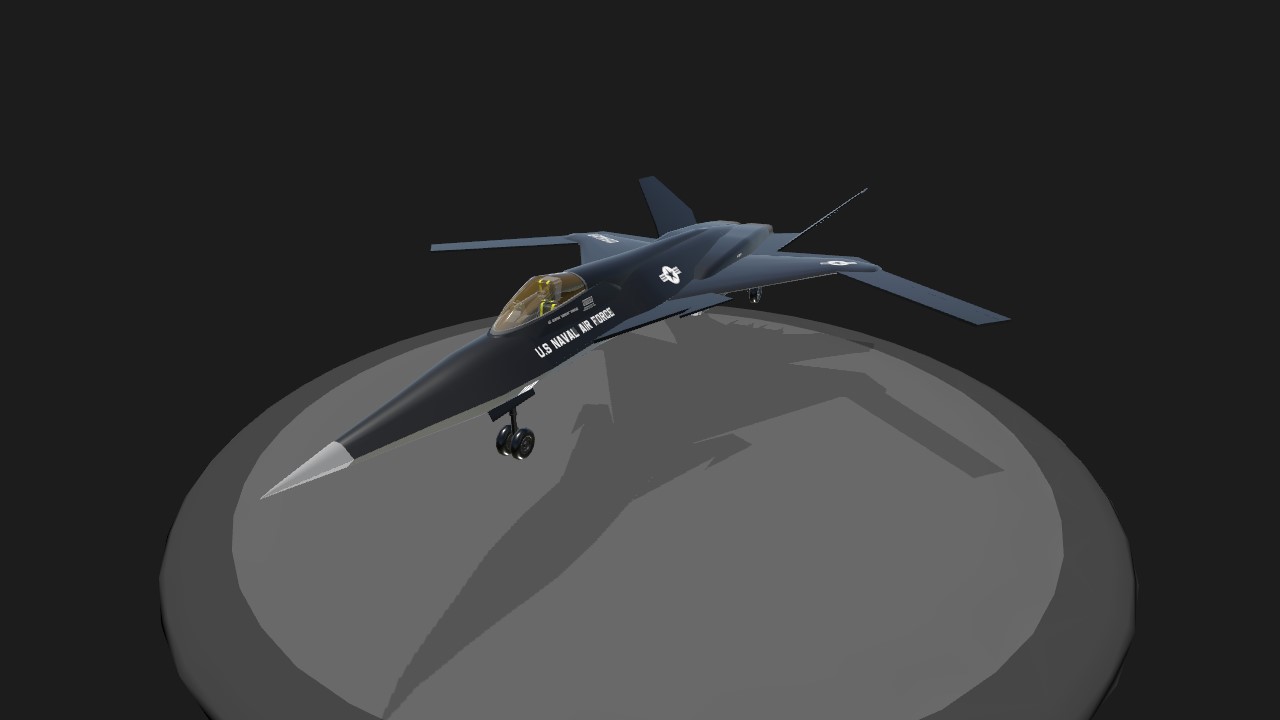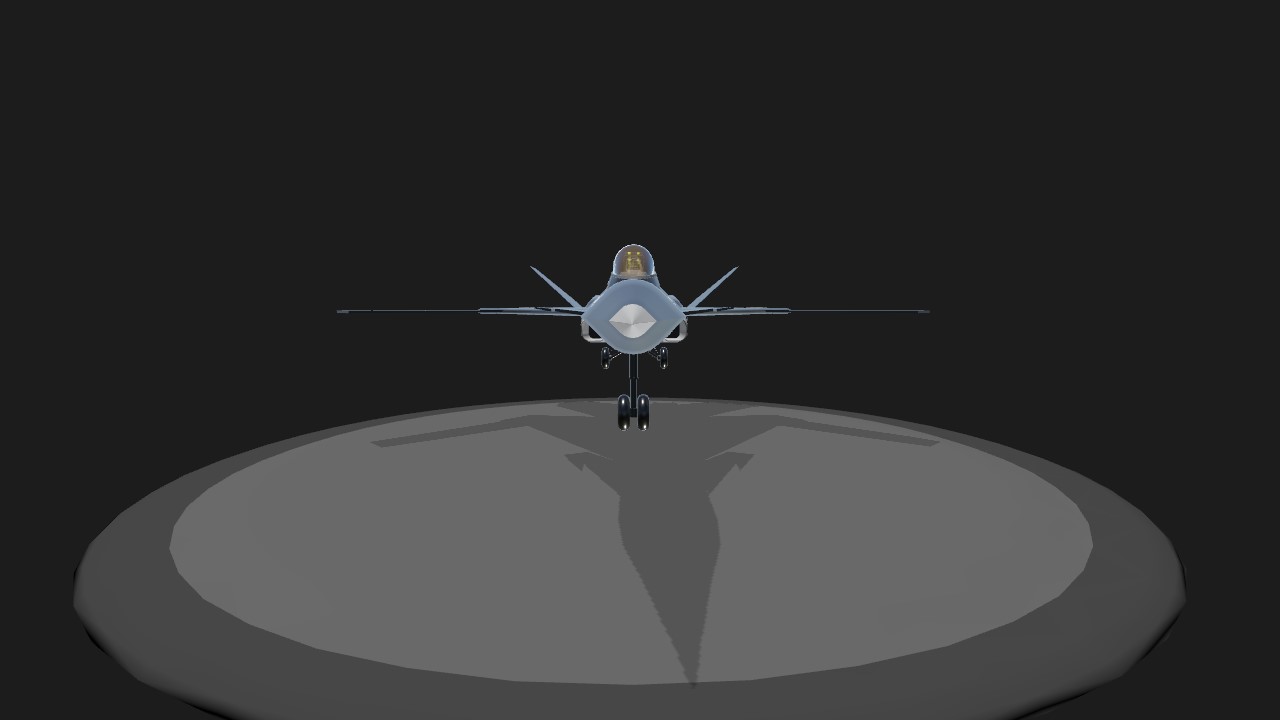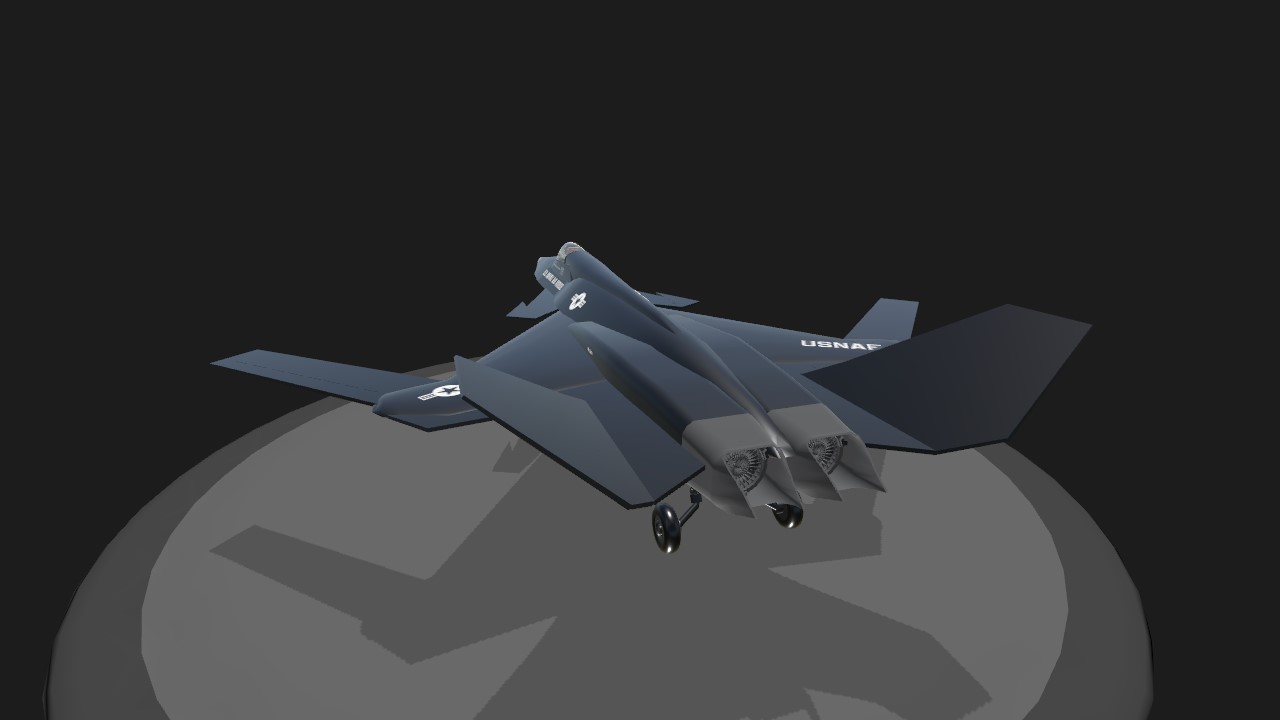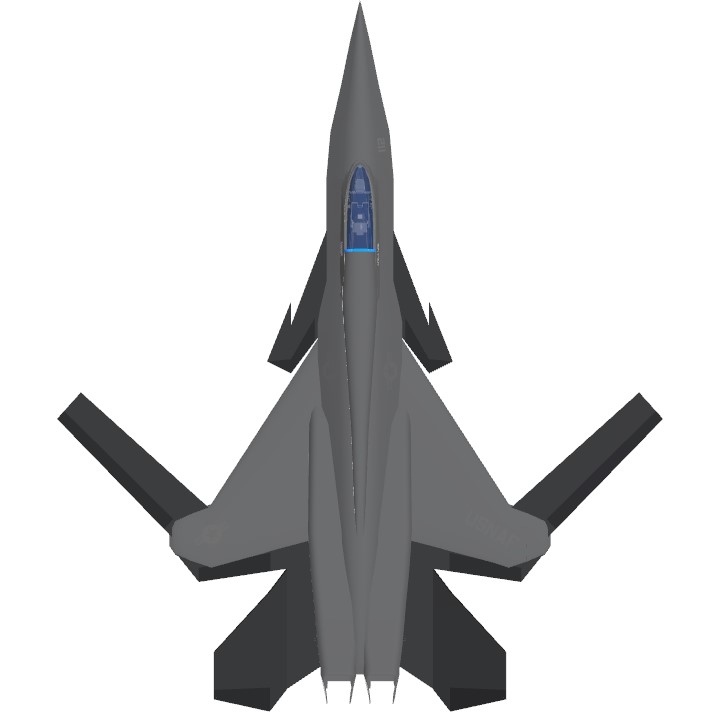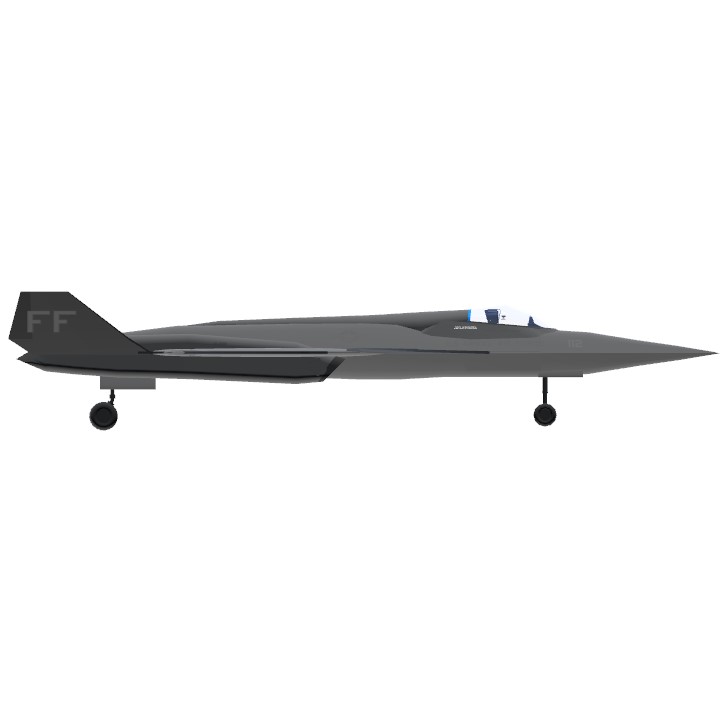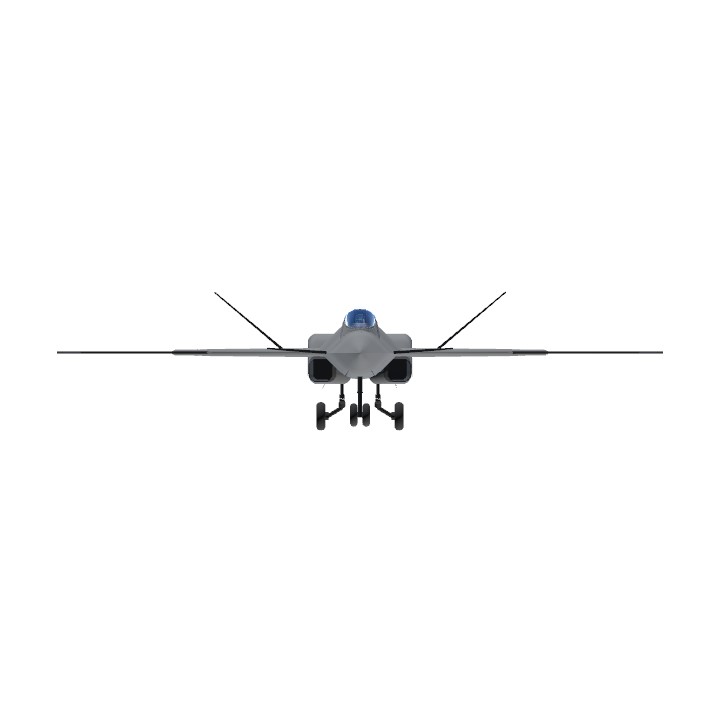BACKSTORY- In 1973, the Cold War between the U.S and the Soviet Union turned hot. Thankfully, due to a combination of M.A.D and a nuclear weaponry reduction agreement in 1964, no nuclear warheads were deployed on either country. However, a need for interceptor-fighters grew quickly with Soviet aircraft carriers approaching U.S coasts. In 1979, two divisions of the USAF and the US Naval Aviators were combined in the inland-air squadron called the US Naval Air Corps. By 1984, both the advanceent of aviation technology and the need for a replacement for the F-14 and F-15 led to the creation of the Naval Air Corps. Advanced Stealth Fighter program. A partnership between the Grumman Corp. and Boeing Aerospace had led to the creation of the top air superiority fighter-interceptor of the time: The F-27 "Hooker". This jet had gone through various iterations, delta wing, non-moving forward-swept, and even a diamond wing. Eventually Grumman and Boeing settled on a transforming wing forward swept configuration. This wing type also had the advantage of being able to reuse parts from the F-14's swing-wing. Pratt and Whitney XF-119 afterburning jet engines were used, and the nozzles were coated with a heat-dispersing composite to reduce IR signature. Advance polymer laminates were used to skin the aircraft, as well as titanium supports to reduce wing twist at reverse-sweep. An advanced multi-scanning radar was used, which could actually send "confusion" radar waves that would muddle enemy radar, adding to the stealth capabilities. The F-27 had internal weapons bays, which carried AIM-120 and AIM-9 missiles. A standard 20mm M61 Vulcan autocannon was fitted to the nose as well. The F-27 has a legacy that still stands today, with its famous defense at the Battle of Juneau, and the attack in Operation North Star. Its advanced variant, the F-27E Rattler, still flies well into 2060.
CONTROLS- AG1-Wing Sweep. AG2-Tailhook. AG3-Arm Missiles. AG4-Canopy. AG5-None. AG6-None. AG7-None. AG8-Autopilot.
Specifications
Spotlights
- SPairforce 2.1 years ago
General Characteristics
- Created On Windows
- Wingspan 41.3ft (12.6m)
- Length 49.5ft (15.1m)
- Height 9.4ft (2.9m)
- Empty Weight 14,413lbs (6,537kg)
- Loaded Weight 21,274lbs (9,650kg)
Performance
- Power/Weight Ratio 3.887
- Wing Loading 15.8lbs/ft2 (77.2kg/m2)
- Wing Area 1,345.5ft2 (125.0m2)
- Drag Points 3777
Parts
- Number of Parts 259
- Control Surfaces 10
- Performance Cost 1,455

